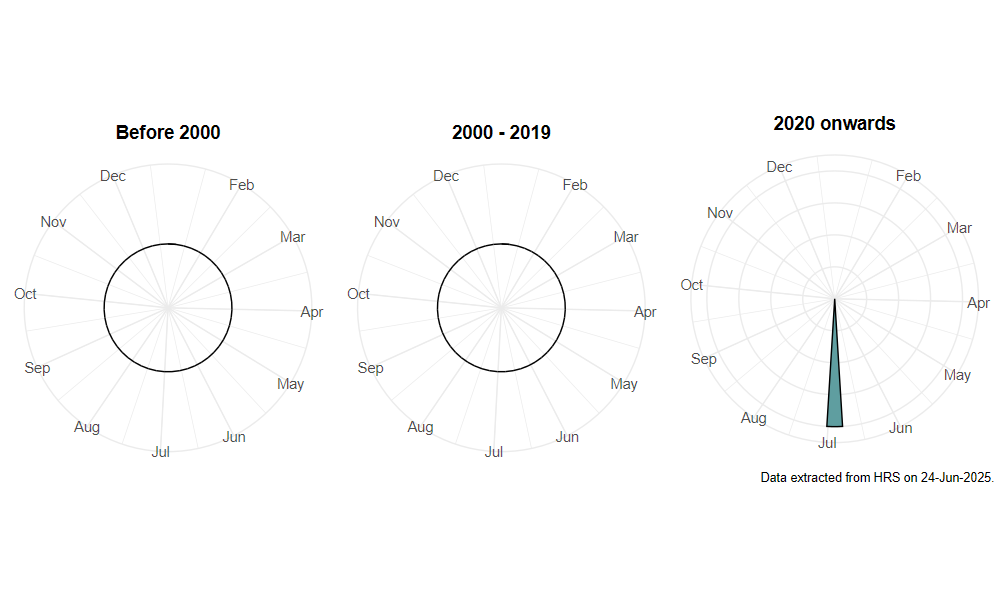Chalcosyrphus piger (Fabricius, 1794)
Identification
Identification difficulty = 3. ![]()
![]() according to Ball & Morris, 20241
according to Ball & Morris, 20241
Description
Added to the British list by Thornhill et al. (2022)2 from photographs taken at West Stow Country Park in Suffolk in 2021. The photos were posted on the British Hoverflies Facebook page and initially identified at Brachypalpoides lenta. However, European experts recognised that it was in fact C. piger - these two species are very similar in general appearance! The main differences are that the abdomen is more extensively red, including tergites 3-5 (tergite 5 is black on B. lentus) and the thorax looks less shiny because the puncturation is coarser than that of B. lentus.
Biology
The habitas of the adult are reported to be rather similar to Brachypalpoides lentus: they sit on sunny patches on the trunks of trees and sunlit leaves in woodland openings and edges. They will also visit the margins of small water bodies to drink. On the continent, females have been observed to oviposit in sappy hollws caused by woodpecker damage in Pinus and larvae and puparia have been found under the bark of Pinus and Larix in soft, wet material created by burrowing beetle larvae.
Flight period
The following plots show the number of unique records per week excluding those reported to be of immature stages.


-
Ball, S., & Morris, R. (2024). Hoverflies of Britain and Ireland. WILDGuides (3rd ed.). Oxford: Princeton University Press. ↩
-
Thornhill, A., Pennards, G., & Morris, Roger K.A., . (2022). Chalcosyrphus piger (Fabricius) (Diptera, Syrphidae) new to Britain. Dipterists Digest (Second Series), 29(1), 84–86. ↩